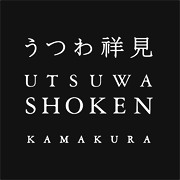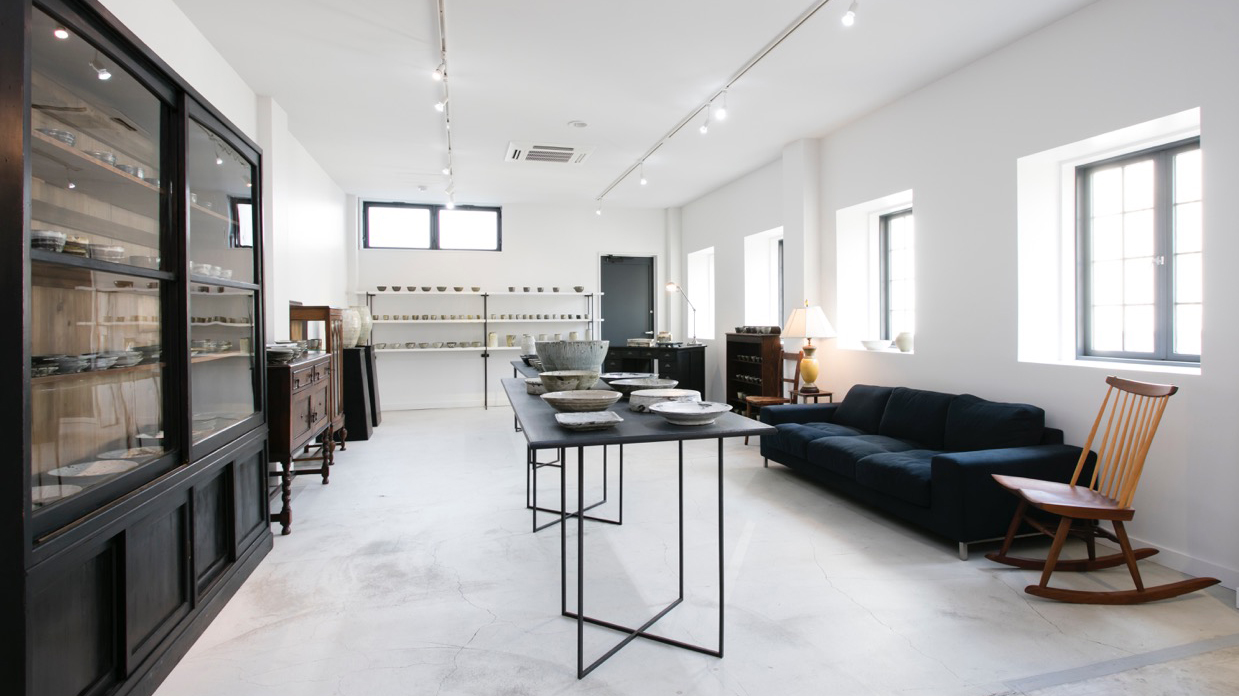- PHILOSOPHY
Utsuwa are essential tools for eating ”a necessity of life” and their value lies in being used.
We demonstrate how using Utsuwa enrich our daily lives.
Utsuwa
The Japanese word utsuwa literally means “vessel” or “container”, and commonly refers to any kind of cup, plate, dish, or pot. The word seems to have an onomatopoeic quality of softness and roundness when uttered, mimicking the shapes of the objects it signifies. These gently curved forms are so delicate that they sometimes look as if they might float off the ground, and they can fill one with a sense of security and snugness, much like the sensation of being covered up in a soft blanket.
If you align your two little fingers and cup your hands together, you make the basic shape of an utsuwa.You may very well have used your hands in this way before, as a method of scooping up water from a river or basin, for example.The physical shape of this cupped palm seems to give us some insight into the origins of the Japanese concept of utsuwa; a word that is also used to refer figuratively to a sense of humility and gratitude (someone who is magnanimous and open-hearted is said to have a large utsuwa, while people who are petty and vindictive are said to have a small utsuwa). An important aspect of making an utsuwa is the limitation imposed on the process by the fact that it is a thing designed for human use. Made to be held in our hands, utsuwa are, in their original conception, things of beautiful simplicity and unadornment.
Ceramic artists persistently think about the forms of their works. They think with their hands, so to speak, and turn their inspiration into physical objects by means of those same hands.Yet these objects are in a continual process of change.
Unlike mass produced crockery, for which the process of molding to firing is tightly controlled, the spontaneous ceramic form is momentary and fleeting.The particular clay or raw material used,the thickness and flow of the glaze, the condition of the kiln; an individual piece of pottery is dependent on a distinct balance between all of these factors, and no one piece is identical to another. As a result, every encounter with an utsuwa is said to be unique and a once-in-a-life-time experience.
The utsuwa that we use should fill us with a sense of warmth and aesthetic pleasure. Their forms are made in our very own palms, and mature in our very own hands.
UTSUWA KATACHI — JAPANESE CERAMICS AND FORMS












